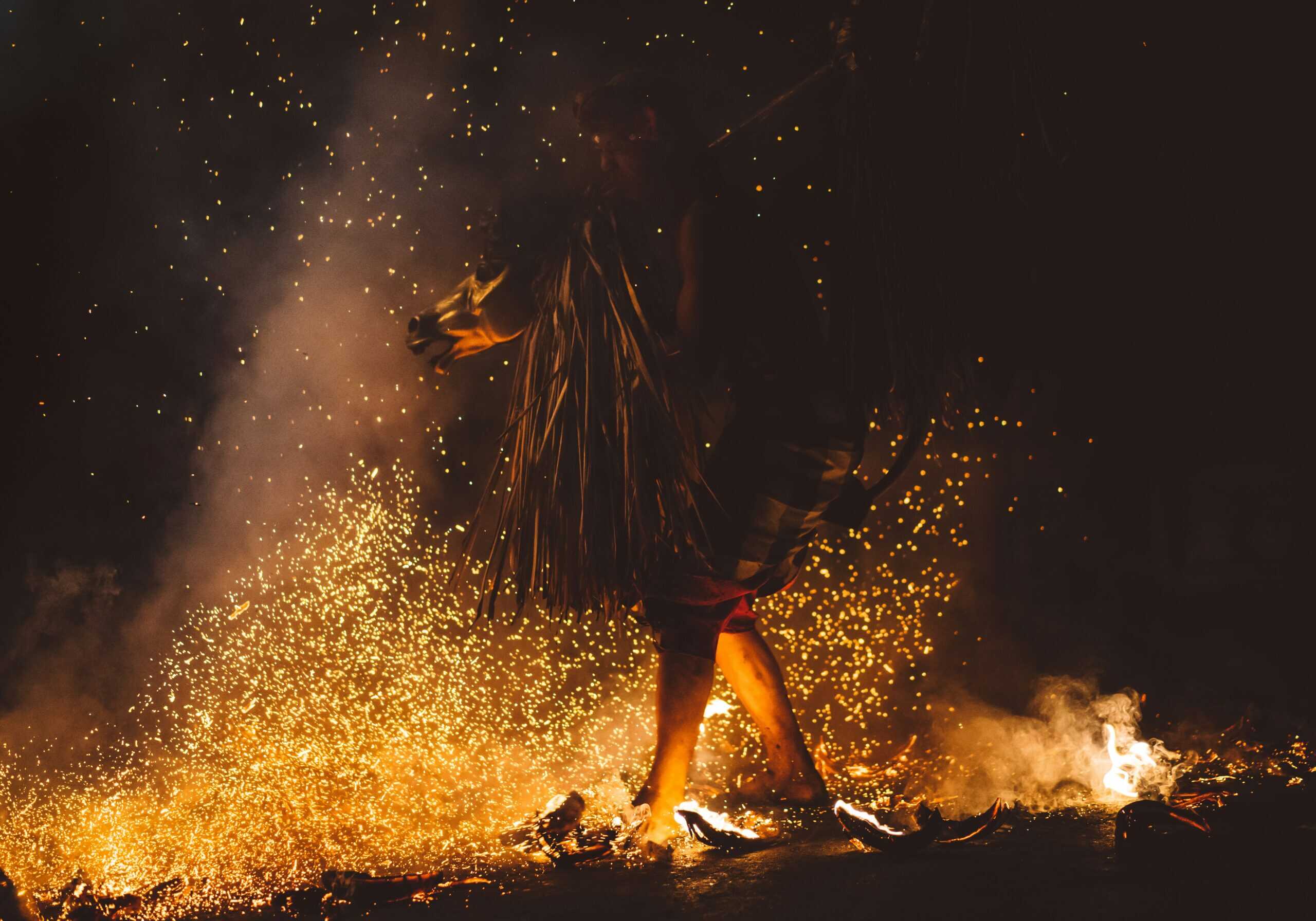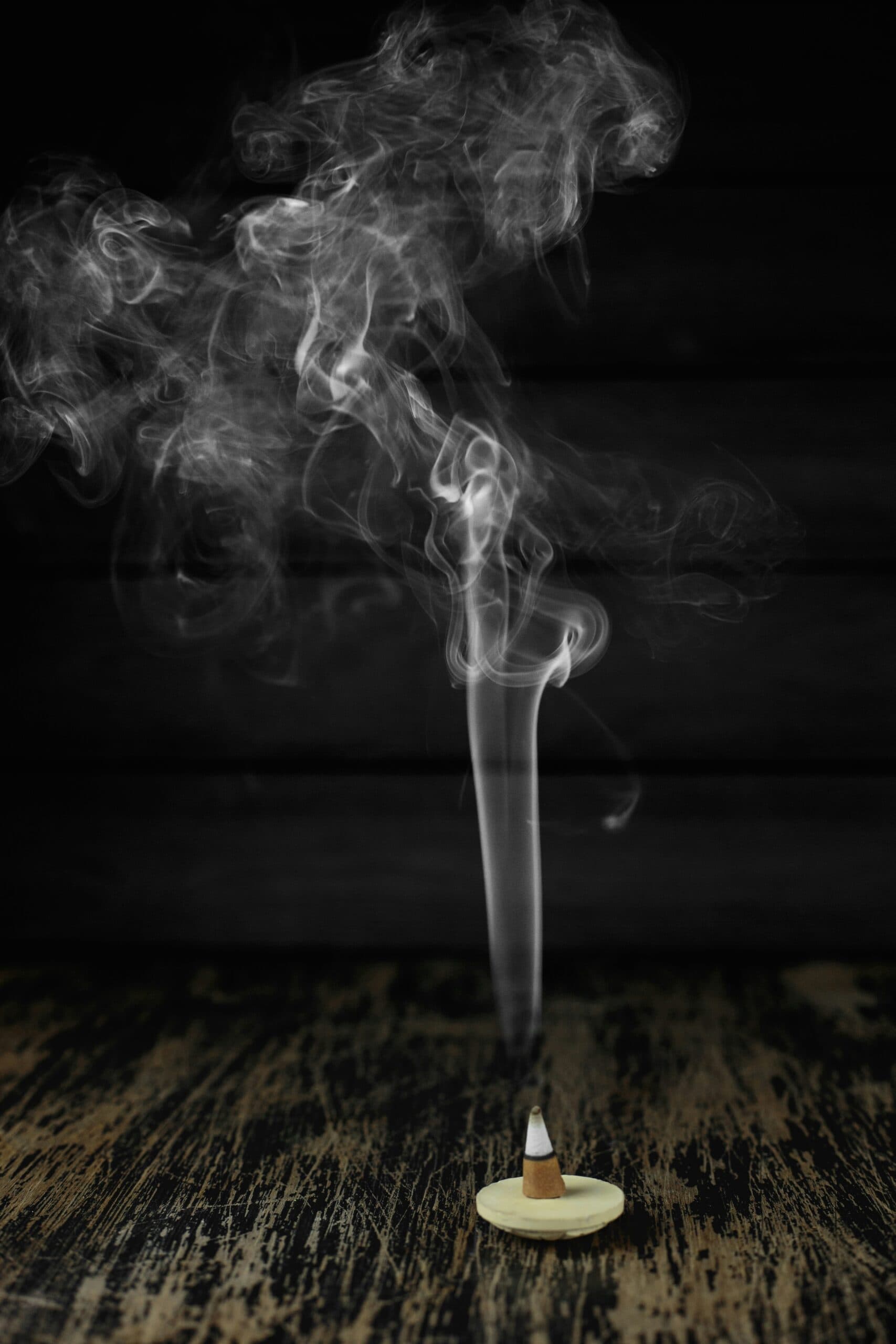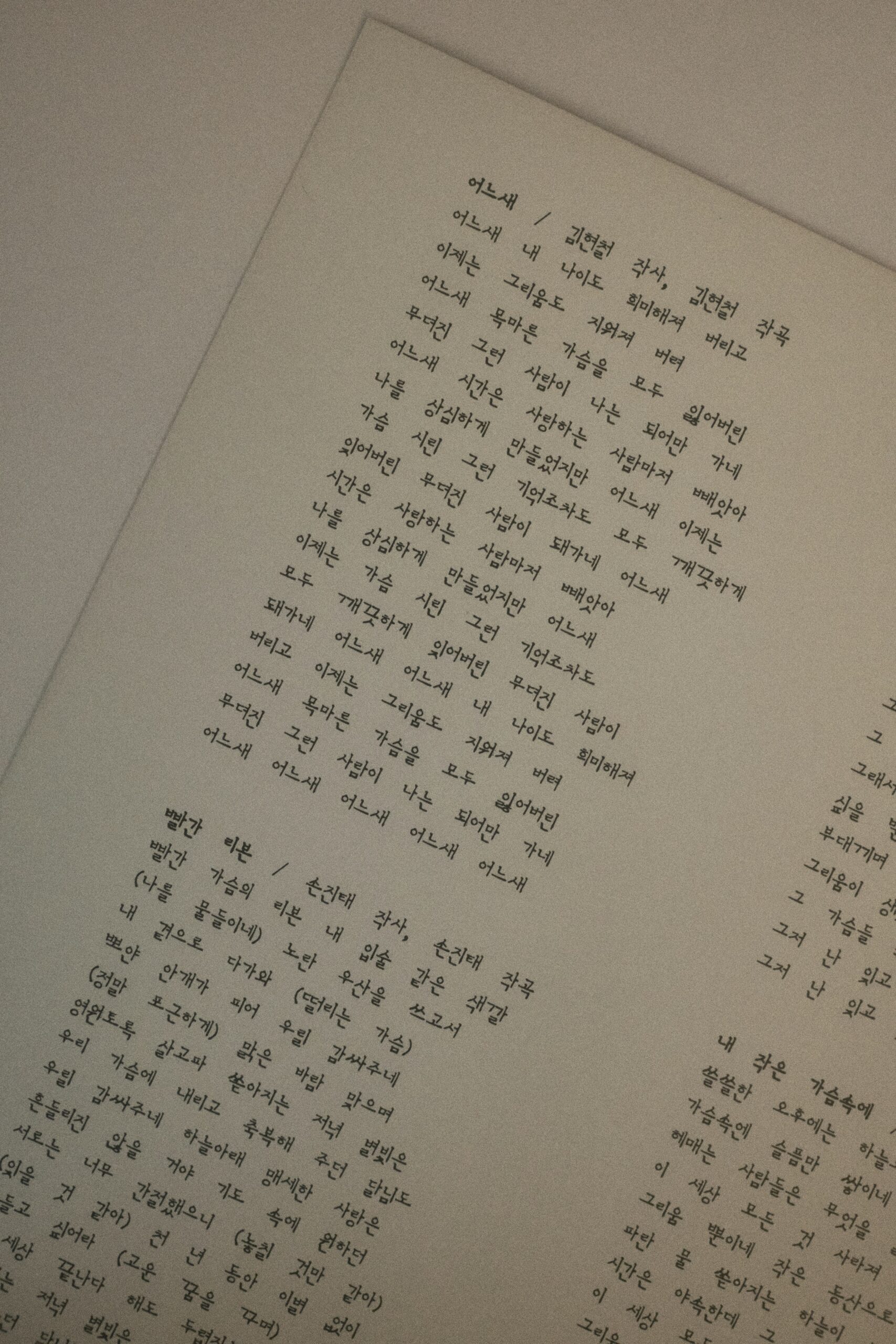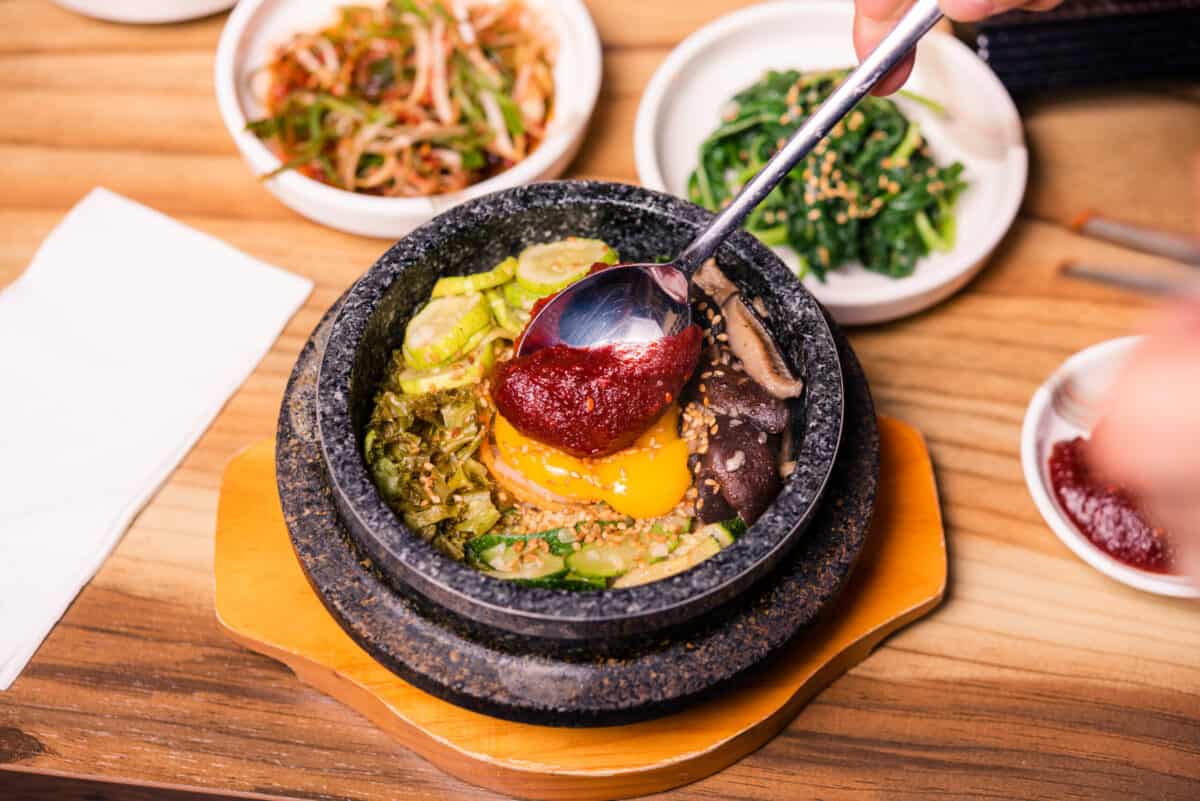Korean horror does not rush. It settles in the bones, draws lines between love and duty, and lets silence do the frightening. At its core lie ancestral rites, shamanic rituals, and the emotion of han—a layered sorrow and unresolved resentment that lingers across generations.
This guide explores the specters, shape-shifters, cursed places, protective customs, and modern retellings that make Korea’s dark legends unforgettable.

Jump to:
- 👻 Why Korean Horror Feels Different
- 🕯️ The Cultural Bedrock of Fear
- 🪦 Ghost Archetypes (Gwishin)
- 🦊 Shape-Shifters and Night Creatures
- 🏔️ Places That Hold a Grudge
- 🔮 Warnings, Omens, and Protective Customs
- 🏢 Modern Urban Legends and Internet-Age Terrors
- 🎬 Folklore on Screen: Where to Start
- ♾️ Themes That Keep Returning
- 🗺️ Travel notes for the curious (with respect)
- 📚 Quick glossary
- ❓ Frequently Asked Questions
- 💬 Comments
👻 Why Korean Horror Feels Different
Fear in Korean folklore is rarely random; it is the price of a debt unpaid. Spirits haunt because something remains unresolved, an injustice, a broken promise, a forgotten ritual.
Confucian ideals emphasize filial piety and community duty, so death does not close the book; it invites the living to finish the chapter properly. Buddhism and shamanism add further texture: the first frames suffering and rebirth, while the second offers gut rituals to negotiate with the unseen. The result is horror that is moral, relational, and hauntingly intimate.
🕯️ The Cultural Bedrock of Fear
Two feelings color the folkloric landscape: han, the ache that persists after loss, and jeong, a warm, sticky attachment that binds people to each other and to places. Together they explain why ghosts stay, why families keep altars, and why doorways and thresholds matter.
- Ancestral rites (jesa): Families honor the dead with food, candles, and bows. Neglect can sour memory, and in stories, that neglect can draw the dead back.
- Shamanism (gut): Mudang (shamans) act as mediators, coaxing, consoling, or banishing spirits through ritual, dance, and drumming.
- Talismanic protection (bujeok): Hand-inked charms above doors, on cribs, or in pockets ward off misfortune, especially during liminal moments like moving house, childbirth, or exam season.
🪦 Ghost Archetypes (Gwishin)
Korean ghosts are not all the same pallid figure; they carry histories on their sleeves, or more precisely, in their white mourning clothes.
- Cheonyeo Gwishin (Virgin Ghost): Often shown with long, unbound hair and a white hanbok, she represents a life cut short and a role unfulfilled. Her stories grapple with purity, patriarchy, and the costs of repressing desire and voice.
- Mul Gwishin (Water Ghost): Lakes, reservoirs, and coastlines house spirits of the drowned. Tales warn of hands tugging at ankles, of whispers on foggy piers, and of waters that “remember.”
- Dalgyal Gwishin (Egg Ghost): A faceless, featureless omen; an encounter portends misfortune because recognition is impossible and relationship cannot be formed, horror made from blankness.
- Household and roadside hauntings: Wells, stairs, attics, and junctions recur, because boundaries are dangerous. A step too far or a turn too late can leave you wandering with something that does not belong to the living.
🦊 Shape-Shifters and Night Creatures
Beyond ghosts, Korea’s nights hold cunning predators and mischievous spirits.
- Gumiho (Nine-Tailed Fox): Seductive, clever, and hungry. Older tales have the gumiho stealing livers or hearts; modern retellings sometimes grant redemption, asking whether a monster remains monstrous if it chooses tenderness over appetite.
- Jangsanbeom (Jangsan Tiger): Said to mimic a crying child or calling woman from forested slopes, luring travelers from the path; fear blooms where compassion and curiosity collide.
- Bulgasal/Bulgasari: An undying being or iron-eating creature depending on the region, embodying dread of what cannot be killed or satisfied.
- Dokkaebi (Goblin): Tricksters with clubs and quirks, capable of blessing or torment. Folk tales treat them as chaotic tutors of humility—rewarding kindness and exposing greed.

🏔️ Places That Hold a Grudge
Folklore treats locations not as backdrops but as participants. Some places watch and remember.
- Mountains and forests: Mountains are sacred and capricious, home to hermits, tigers, and gods. Paths bend subtly; voices echo wrongly; dusk arrives quicker than it should.
- Schools and hospitals: Liminal, institutional spaces filled with rules, shame, envy, and unsaid goodbyes, perfect fuel for restless spirits.
- Bridges, tunnels, and shorelines: Crossings link worlds. Wind rises where currents meet, and stories say something waits in the draft.
- Cursed objects and sealed rooms: Mirrors wrapped in paper, combs with broken teeth, drawers that should remain shut. In many tales, the object is less “evil” than burdened with history.
🔮 Warnings, Omens, and Protective Customs
Folklore maps the ordinary for signs.
- Dreams and animals: Snakes can signal transformation or wealth; pigs are lucky in some contexts; tigers embody authority and danger. Meaning depends on who dreams, when, and what follows.
- Numbers, colors, and candles: White mourns; red wards and wounds. Candlelight measures courage in midnight tests; if a flame flickers, someone unseen has exhaled.
- Etiquette in haunted spaces: Do not mock; do not whistle at night; do not take what was offered to the dead; speak softly near shrines and graves; if food is placed at a crossroads, leave it.
🏢 Modern Urban Legends and Internet-Age Terrors
Old fears adapt quickly. Apartment blocks gain their own lore, elevators that stop on unchosen floors, rooftops with chains clinking in still air, storage rooms where lights hesitate.
Cautionary “fan death” stories, midnight bathroom dares, and message-board creepypasta translate communal anxieties into personal rituals of safety. Even playful rumors become protective myths in a world of neon loneliness and exam-season strain.
🎬 Folklore on Screen: Where to Start
For anyone wanting to watch the myths breathe:
- Classic dread: A Tale of Two Sisters layers family shame and memory into a puzzle of grief.
- School hauntings: The Whispering Corridors series uses classroom hierarchies and girlhood secrecy as a ghost engine.
- Folk horror & shamanism: The Wailing entwines ritual, contagion, and stranger anxiety into a relentless spiral.
- Haunted places: Gonjiam: Haunted Asylum plays with documentary bravado and internet dares.
- Creature retellings: Modern gumiho dramas ask whether love can unlearn hunger; recent series revisit dokkaebi as lonely immortals with inconvenient hearts.
Each title reframes familiar myths through contemporary wounds, bullying, rural decline, media spectacle, and the ache of families bound by duty but divided by silence.

♾️ Themes That Keep Returning
- Vengeance versus appeasement: Spirits want balance, not merely punishment. Stories test whether the living can recognize harm and repair it.
- Family shame, class, and duty: Horror blooms where appearances matter more than healing. Secrets linger until they curdle.
- Women, purity, and repression: The ubiquity of the cheonyeo gwishin reflects social pressures on women’s bodies, choices, and grief.
- Borders and thresholds: Doors, mirrors, bridges, and riverbanks matter because transformation happens at crossings, where a step forward can also be a step away from safety.
🗺️ Travel notes for the curious (with respect)
Folklore tourism is best approached gently. Historical villages, shamanic shrines, and “haunted” sites deserve quiet and care. Follow local guidance, avoid late-night trespassing, never remove offerings or tokens, and remember that for many communities these places are still sacred or sorrowful, not attractions for thrills.
📚 Quick glossary
- Gwishin: General term for spirits/ghosts.
- Han: Enduring sorrow/resentment that seeks resolution.
- Jeong: Deep, adhesive affection or attachment.
- Jesa: Ancestral memorial rite performed by families.
- Gut: Shamanic ritual that mediates with spirits.
- Bujeok: Protective talisman, often hand-inked on paper.
- Cheonyeo Gwishin: “Virgin” ghost symbolizing life unfinished.
- Mul Gwishin: Water ghost bound to rivers, seas, and lakes.
- Dalgyal Gwishin: Faceless “egg” ghost, a bad omen.
- Gumiho: Nine-tailed fox spirit, seductive and dangerous.
- Dokkaebi: Trickster goblin capable of blessing or mischief.
- Jangsanbeom: Mimic predator said to lure from the mountains.
- Bulgasal/Bulgasari: Undying or iron-eating being from legend.
❓ Frequently Asked Questions
Different. Instead of jump scares, tension accumulates through obligation, silence, and the sense that someone must answer for what happened, sometimes with a bow, sometimes with blood.
They are liminal institutions charged with expectation and shame; people arrive changed, by grades, diagnoses, or rumors, and some do not get to leave cleanly, narratively speaking.
Neither and both. They reflect the moral of the tale. Kindness, courtesy, and cleverness tend to earn rewards; arrogance earns tricks.
Lower your voice, avoid stepping on thresholds, do not touch offerings or murals, and refrain from selfies during active rituals. If unsure, observe respectfully or ask a local guide.





Comments
No Comments